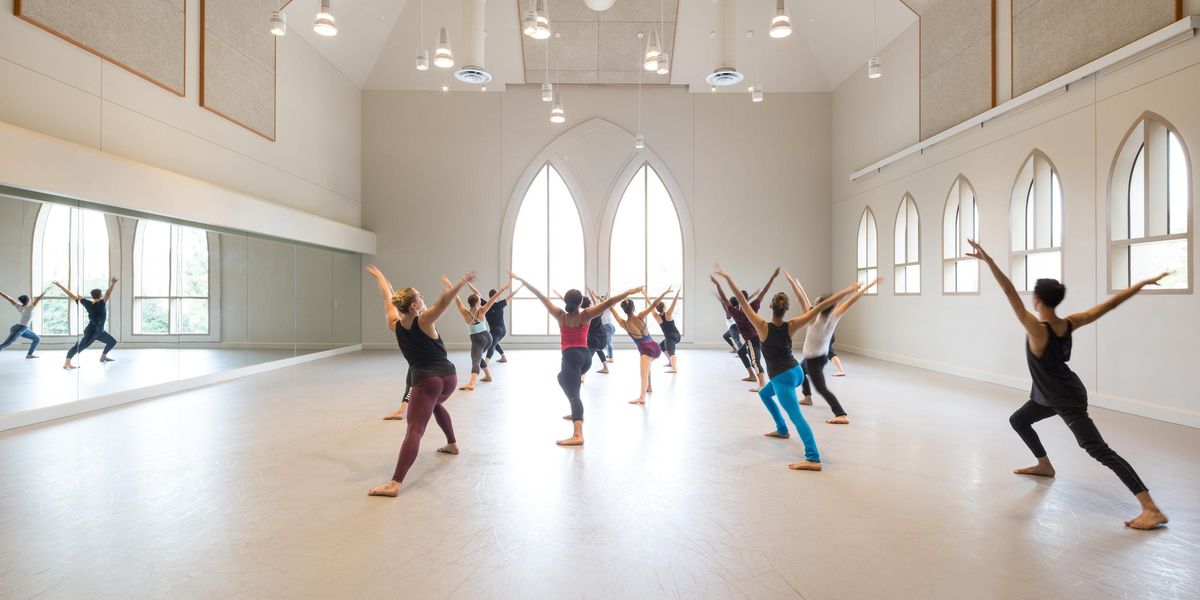On Broadway: Revising Robbins
The 1977 production of “The King and I.” © 1977 Jack Mitchell, Highberger Media, Inc.
A lot has changed on Broadway since 1951, when the now-classic Rodgers and Hammerstein musical The King and I opened. Christopher Gattelli, who’s in charge of the movement for the Lincoln Center Theater revival that begins this month, finds it “phenomenal” that “back then a show could just stop in the middle of the second act for a 16-minute ballet.”
Equally phenomenal is the fact that the ballet’s extensive choreography, from the master hand of Jerome Robbins, looked nothing like the kinds of dancing that Broadway audiences might be expected to recognize. Instead of classical pirouettes or ballroom sequences or jazz moves, Robbins used stylized techniques of Asian dance-drama to tell a story based on Uncle Tom’s Cabin. And although the characters in “The Small House of Uncle Thomas” are all meant to be Thai, only a handful were played by Asians. These days, no one would dream of staging King and I with Europeans in the roles.
Gattelli, who won a Tony for Newsies, acknowledged that he was “a little nervous tackling such an iconic piece.” He and director Bartlett Sher are reinterpreting the show, but they are retaining the Robbins choreography. They are also restoring some music that was cut from the original production, so Gattelli’s new choreography will be interwoven with the old.
The original highlights included the charming “March of the Siamese Children,” in which the princes, princesses, wives and concubines of King Mongkut are introduced to their new schoolmistress, and the pivotal “Shall We Dance?” in which she teaches the imperious monarch how to polka. But the number that most dazzled the critics in 1951 is, of course, “The Small House of Uncle Thomas,” in which the ladies of the court turn Uncle Tom’s Cabin into a Thai dance.
Except they don’t, says Gattelli. With its splayed, upturned fingers, flattened tableaux and exaggerated leg positions, the “Uncle Thomas” choreography “looks very specific and authentic,” he says. “But if you break it down, it’s really true ballet. Robbins just took an attitude turn and tweaked and contorted it.” Appropriating what he found in Thai painting and sculpture, as well as some elements of Cambodian dance, Robbins used the language he knew best and gave it a Southeast Asian accent. “It’s so genius,” Gattelli says. Genius it may be, but he’s had to make changes. The Beaumont’s thrust stage, with the audience on three sides, makes an exact reproduction unworkable. “I’m hoping to honor what Robbins did but also expand it,” Gattelli says.
Christopher Gattelli. Photo by Heidi Gutman, Courtesy Disney Theatrical Productions.
He describes the embellishments as “a new coat of paint.” And by sheer coincidence, Baayork Lee, who was a princess in the original King and I at the age of 5, uses the same expression when asked how she feels about efforts to refresh the show. “It’s 60-something years old,” she says. “It might need a new coat of paint to interest the current generation.” Theater, she continues “is about change and growth.”
She has worked to bring about some of that change and growth. Lee, who later went on to create the role of Connie in A Chorus Line, remembers that her Caucasian castmates in King and I moved easily into other shows. She went back to school. Some of the Asians took hula lessons to get work in Polynesian floorshows. Few of them managed to have theater careers. So in 2009, she founded the National Asian Artists Project with Steven Eng and Nina Zoie Lam, who had worked with her on a touring production of, naturally, The King and I. NAAP’s educational programs culminated last year in yet another King and I tour, and one of the organization’s alumni, Greg Zane, is Gattelli’s associate on the new one.
The group must be doing something right, Gattelli says, given what he saw at auditions. “We had to make some really hard choices.” So some talented 5-year-old playing one of King Mongkut’s children today could have a bright future on Broadway. “This is a good time for us,” Lee says.
From Backstage
Dance captains: Yuki Ozeki and Aaron Albano, who was last seen in Newsies, also choreographed by Christopher Gattelli
Associate choreographer:
Greg Zane, who has staged several productions of The King and I, and danced in the 1996 revival
Asian dance consultant:
Jamie H. J. Guan, who trained in China for the Peking Opera
Dance ensemble:
18—the full cast numbers more than 50.
Specialties:
The dancers come from Chinese, Japanese, Korean and Filipino backgrounds. Some brought training in Asian forms like Chinese dance or fan dancing, but all came with “heavy ballet training,” notes Gattelli. “They have to have that foundation.”




